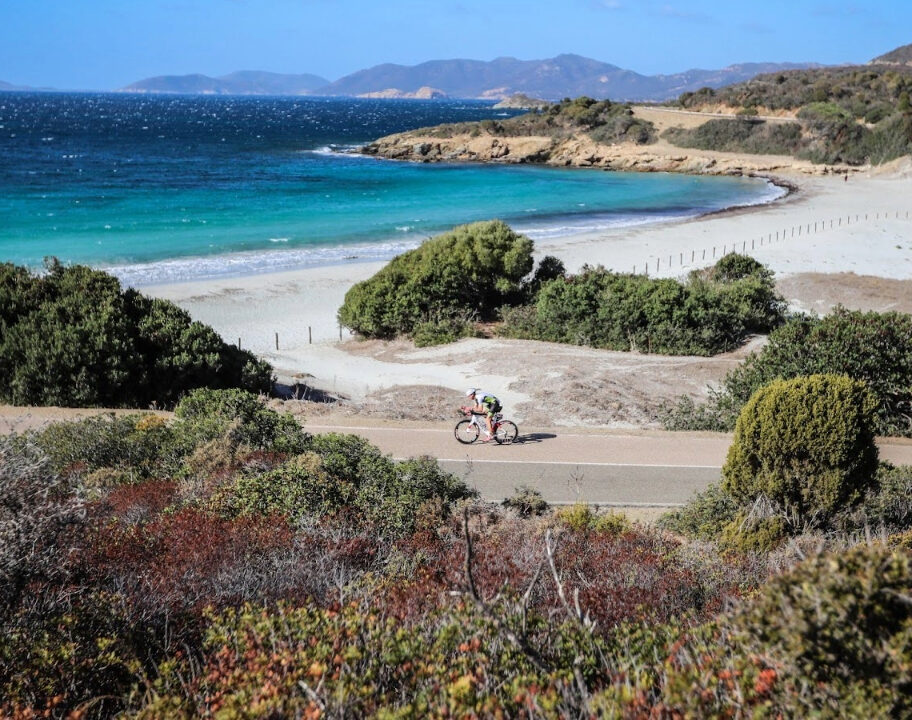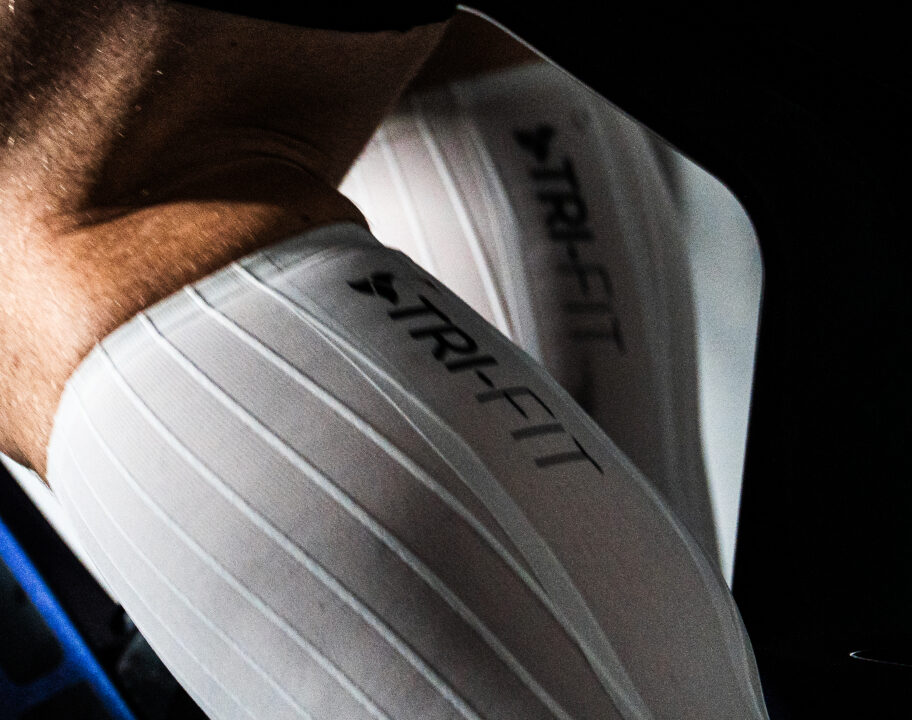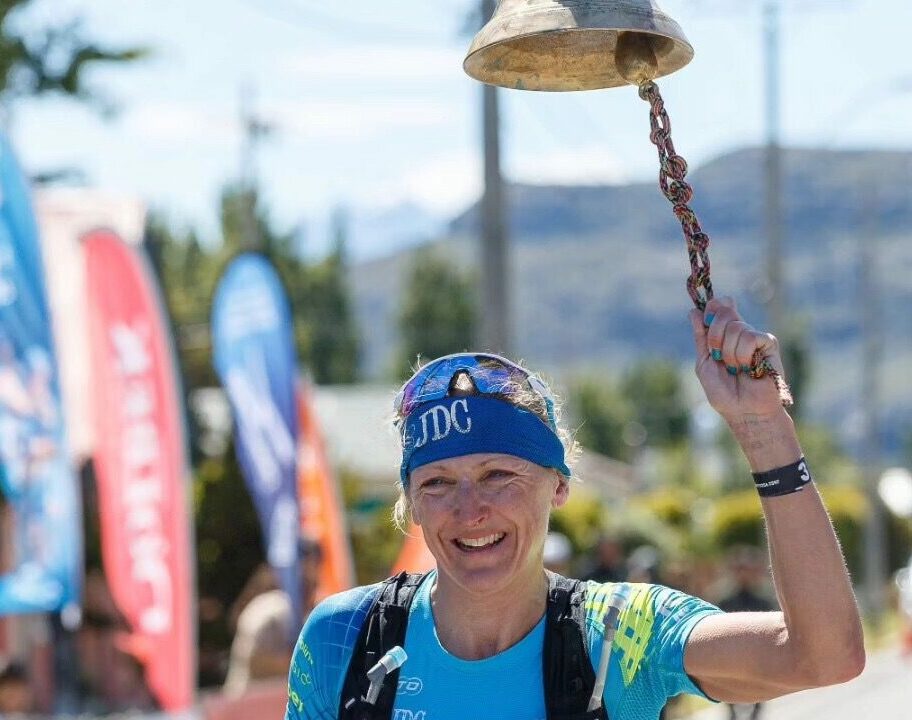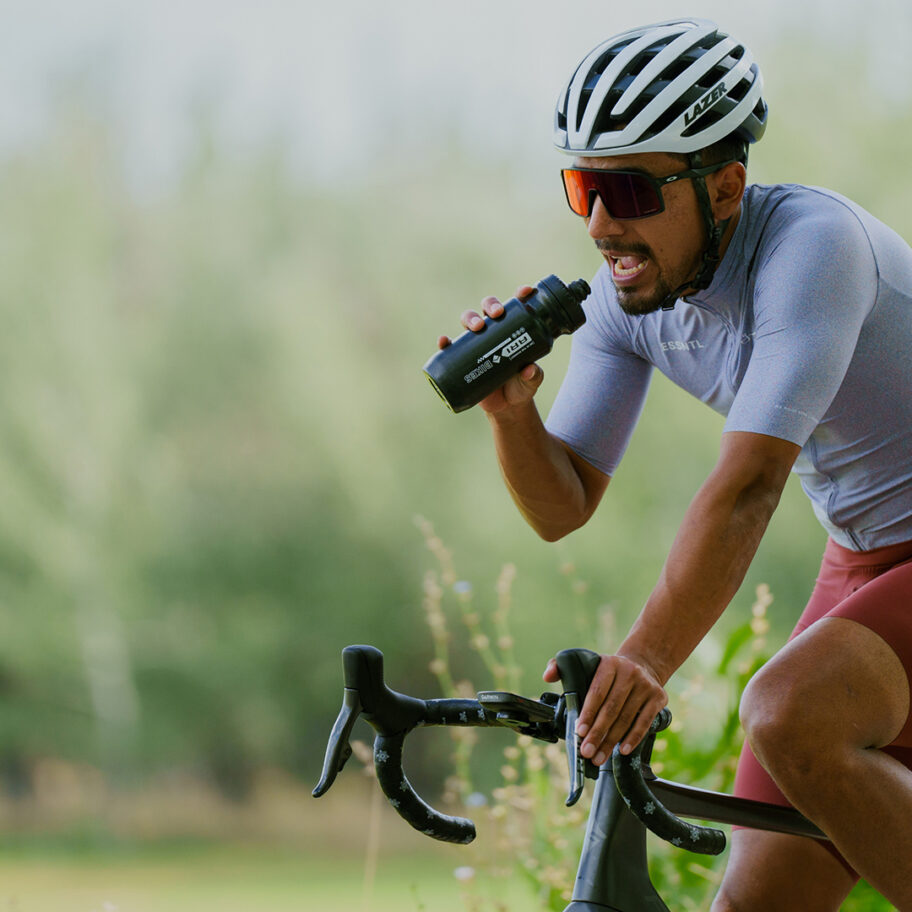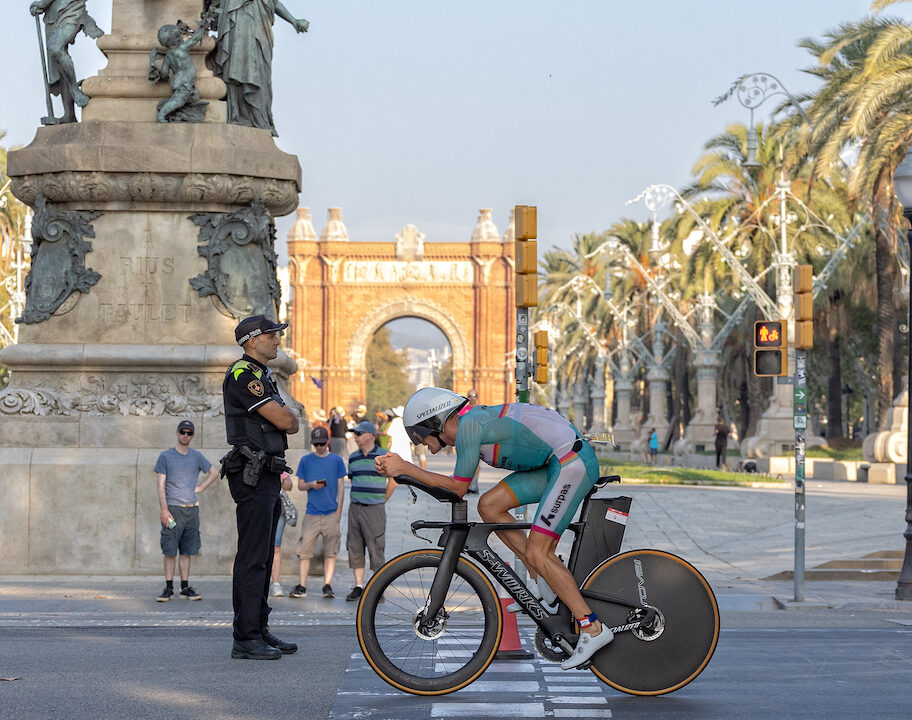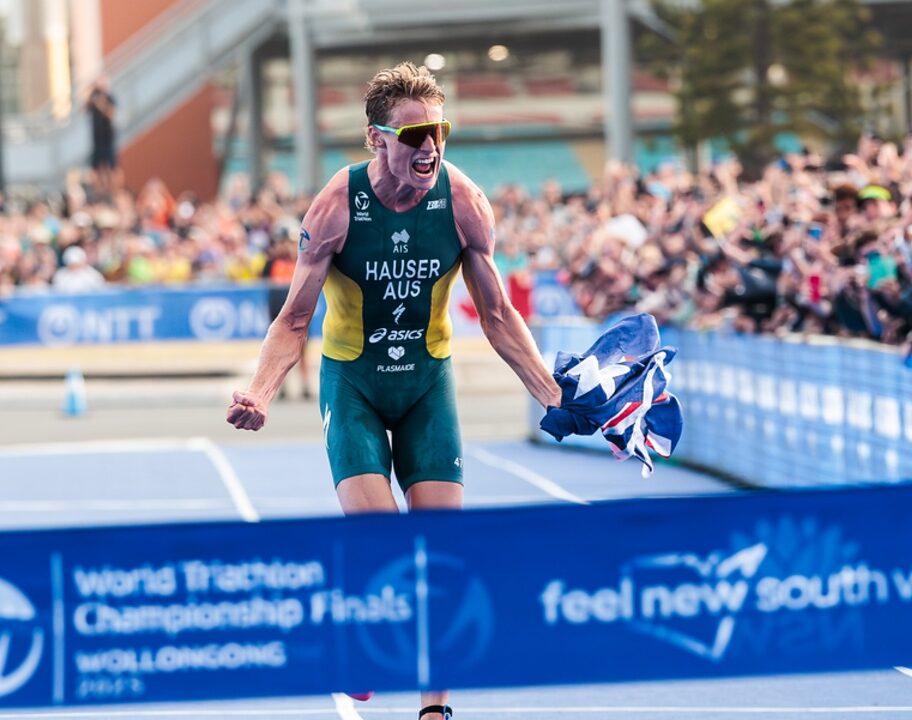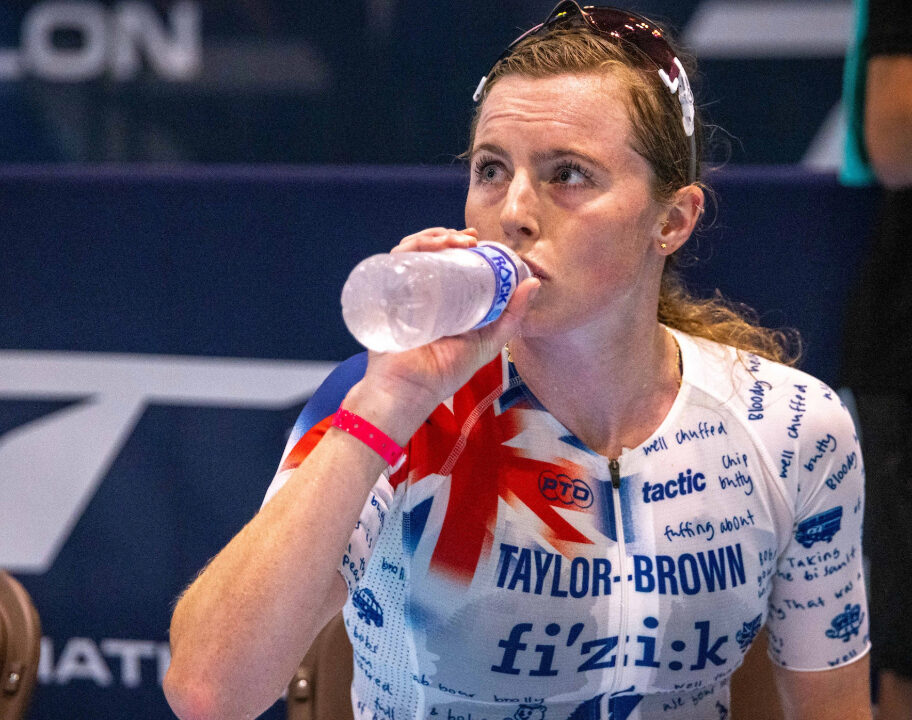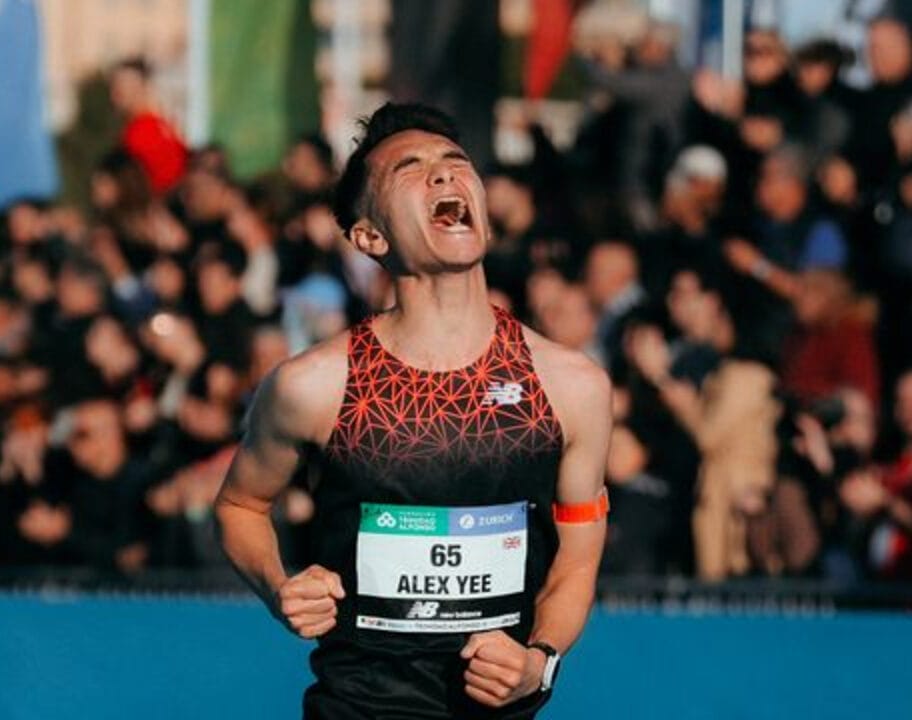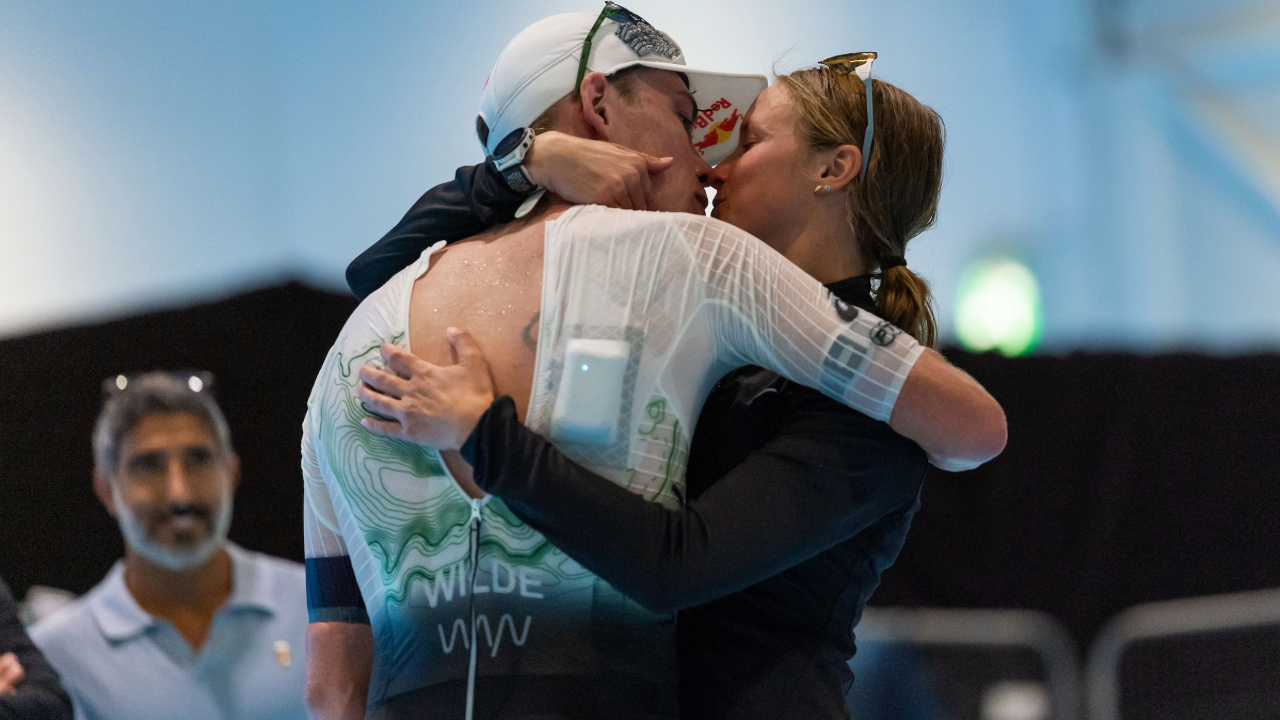Away from the more tightly governed rules of cycling, triathlon is quickly becoming a sport of marginal gains as athletes look to make every watt count and save every second out on the bike course. And while you can go ahead and drop the price of a small car on a new disc wheel, or spend hours with a bike fitter adjusting your position and fitting a custom front end. One perhaps underrated bit of aero cycling kit for triathlon is the humble calf sleeve.
Sure, they might make you look a little bit like Pippy Longstocking. But, relatively cheap to buy and easy to slip on under your wetsuit, these little bits of calf compressing fabric can supposedly save you significant watts on the bike. So why are calf sleeves supposed to be more aerodynamic, and do they actually work? Let’s investigate…
Fabric is faster than skin
You might not think that simply covering your shins and calves with some thin, stretchy material would make much of a difference. But such are the potential aero gains, in the cycling world the UCI actually brought in rules on sock/shoe cover height – with up to a £1800/$2,250 fine for excessively tall socks.
This is because aero calf sleeves make use of grooves, dimples and other textures to optimise airflow. When we think about aerodynamics, we might think streamlined is better. Surely we want to reduce air turbulence so it flows faster? But actually these small textures and micro-elevations are used precisely to create a very small amount of turbulence. Put simply, they create a grippy surface that means a small layer of air forms over them, which in turn reduces overall air resistance.
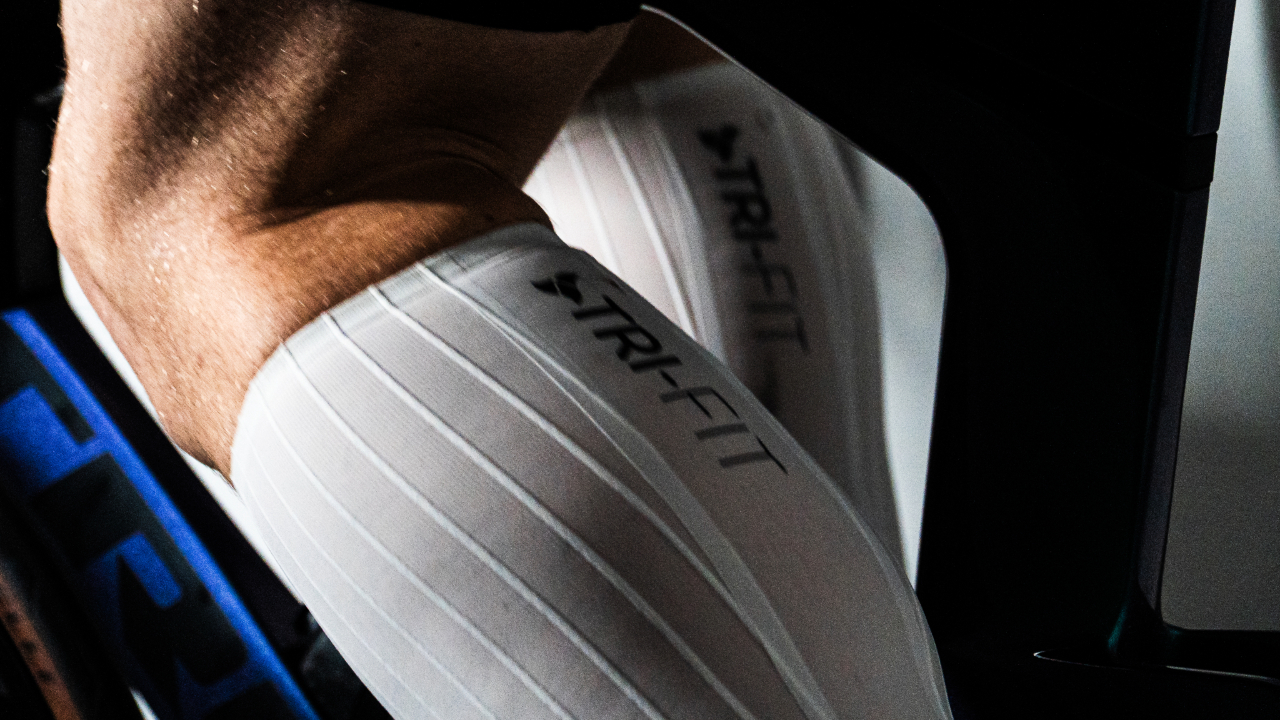
A study* which investigated the use of cycling clothing with grooved surfaces using wind tunnel experimentation and numerical simulation found that, “ the use of grooves, dimples, and low-profile vortex generators can increase the momentum of the flow.” Using cylinders to replicate the shape/size of human body parts, the study compared a ‘nude’ cylinder with one covered in smooth fabric and another covered in textured material. And while the ‘nude’ and smooth-covered cylinders showed very similar results in terms of drag. They found that “the fabric with micro-groove structure exerts a distinct characteristic on drag reduction behaviour”, concluding that the use of such fabrics can help to reduce drag for athlete in high speed sports such as cycling.
Your legs make up quite a significant amount of the surface area presented to the wind when you’re cycling. You can make your upper body as small as possible using aero bars and tweaking your position. But you can’t do much about where your legs are while you’re pedalling. And compared to bare legs, your shins and calves will create less drag if they’re covered by calf sleeves.
*An experimental investigation and flow field analysis on cycling clothing fabrics with grooved surface | doi:10.1177/15280837221142034
How many watts can calf sleeves save – and how much time could that take off your Ironman bike split?
So the research does seem to suggest that calf sleeves do have a tangible aerodynamic benefit compared to bare legs for reducing drag. But are we talking tiny gains here, or a more significant saving?
Ultimately the results can vary between individuals, so there’s no hard and fast watt saving. But on average it can be anything from 2-7 watts. To put that into context, when we used the Body Rocket aero sensor system to test the difference an aero TT helmet made to CdA, it resulted in a 0.01 reduction. Roughly equivalent to 10 watts. Given the cost of calf sleeves compared to a TT lid, the cost per watt is much more efficient with the calf sleeves! And of course, combine calf sleeves with an aero tri suit and a TT lid and your bike will basically be riding itself.
Case study: TRI-FIT’s wind tunnel testing data
TRI-FIT have just launched their new VORTEX calf sleeves, designed to complement their new ultra-aero VORTEX tri suit (read our review here). They recently took to the wind tunnel with up and coming pro triathlete Cameron Main, testing out the new tri suit and the VORTEX calf sleeves at a range of paces (35kph-45kph) at three different yaw angles.
At the lower speed, closest to what most age-groupers will ride, the calf sleeves saved 1 – 2.58 watts (depending on yaw angle). Which over the 180km bike leg, would see you hit T2 between 51s and 2 minutes 10s faster. And at the higher speeds, the calf sleeves saved just shy of 7 watts. That’s a significant time saving for such a small, cost-effective bit of kit. And given that IRONMAN’s new Kona qualifying format for age-groupers now means you need to be as competitive as possible relative to the entire field, not just your age-group. Taking a couple of minutes off your bike split could be the difference between stamping your ticket to the Big Island, and another year spent watching from the couch.
Are there any benefits to calf sleeves beyond the aero gains – and are there any circumstances where they’re NOT worth it?
Outside of optimising air flow. Calf sleeves do have a couple of other benefits, if you need help justifying the slight fashion faux pas. They’ll have a light compressing effect. Alongside reducing the surface area of your lower legs which will benefit your aerodynamics, this compression can help to improve blood flow and venous return to the lower limbs. This has the potential benefit of increasing oxygen delivery and improving the efficiency of lactate clearance. Helping to keep fatigue at bay.
Calf sleeves can also be useful for racing in sunny conditions. Less skin on show to the sun means less skin to get hit with harmful UV rays. And white calf sleeves could also help to keep you cooler by reflecting the sun.
Time saved vs time lost – is it worth wearing calf sleeves for a non-wetsuit swim?
One thing to keep in mind if you’re planning to race your next triathlon wearing calf sleeves is that you won’t be allowed to wear them during the swim if it’s non-wetsuit. Triathlon rules state that you can’t have anything below the knee in a non-wetsuit legal race. Which means you’d have to take the time to put your calf sleeves on in transition. We’ve seen some long distance pros do this (think Sam Laidlow and Taylor Knibb), because they’re confident that the time they lose in T1 will be made up and then some on the bike. And in non-drafting racing, being right in the front pack isn’t as crucial.
But as an age-grouper, it’s unlikely you’re going to be riding as fast as those uber-biker pros. So the time you save via aero gains on the bike, could well be cancelled out by how long it takes you to put the calf sleeves on in transition. It might feel a bit silly, but it’s worth practicing putting your calf sleeves on while you’re wet right after a swim in training, to see how tricky it is and how long it takes you. And of course, if you’re racing draft-legal short course – you’re better off having a speedy T1 to make the front pack on the bike instead!
The bottom line: are calf sleeves worth it for age-group triathletes?
Ultimately, as with most triathlon kit beyond the bare necessities, whether or not calf guards are ‘worth it’ comes down to personal preference, your goals and if you have the cash to spare on non-essential kit.
The potential watt-savings suggest they could be a relatively low cost way of maximising your efficiency on the bike. And in a wetsuit-legal swim where you can put them on before the race starts, there’s pretty much no draw back to wearing them – unless you find them uncomfortable.
If you’ve done the training, covered all the basics like pacing, nutrition and hydration. Optimised other areas of your race kit and bike set up. Then taking a no stone unturned approach and adding calf sleeves into the mix is only going to be a benefit!

